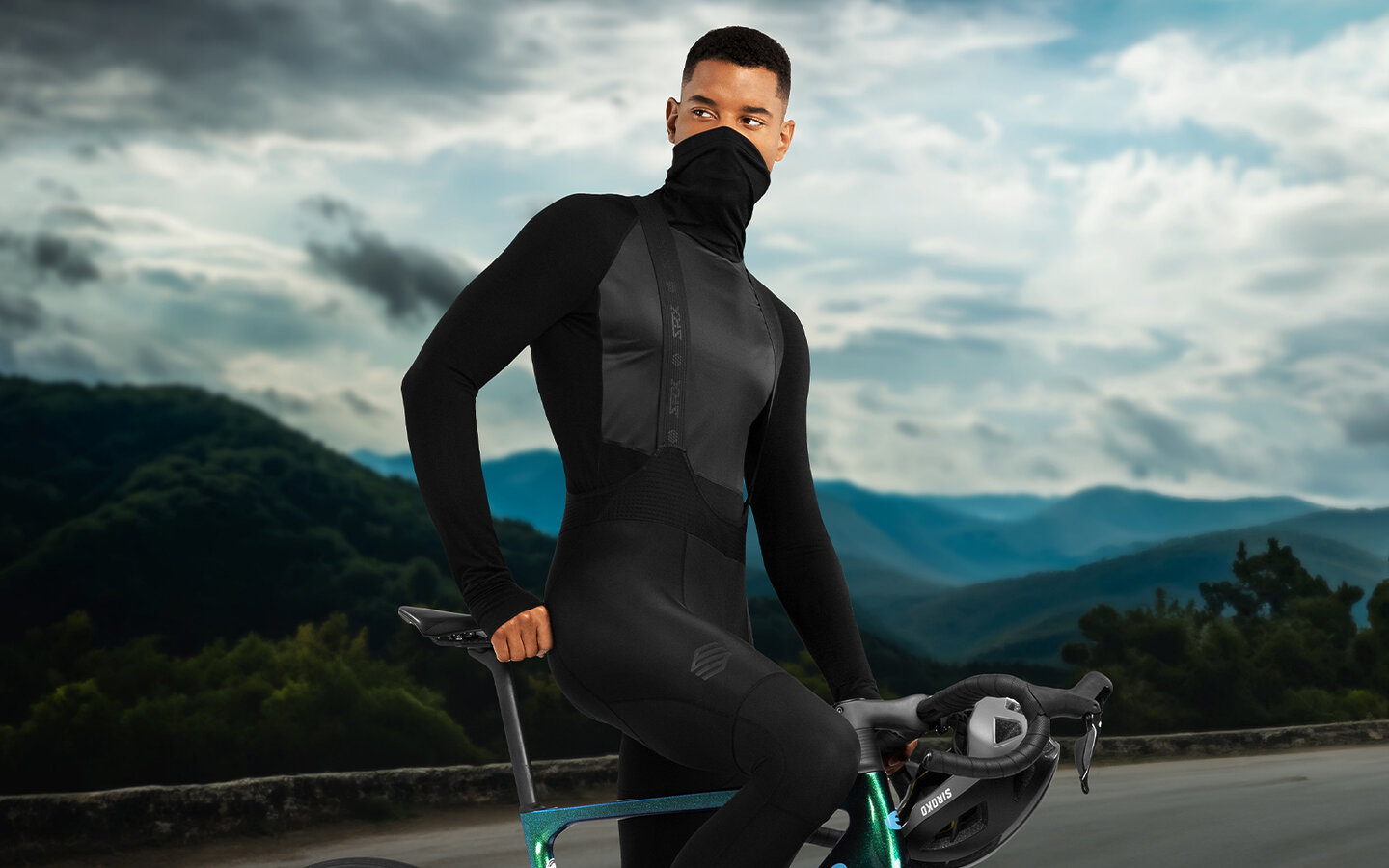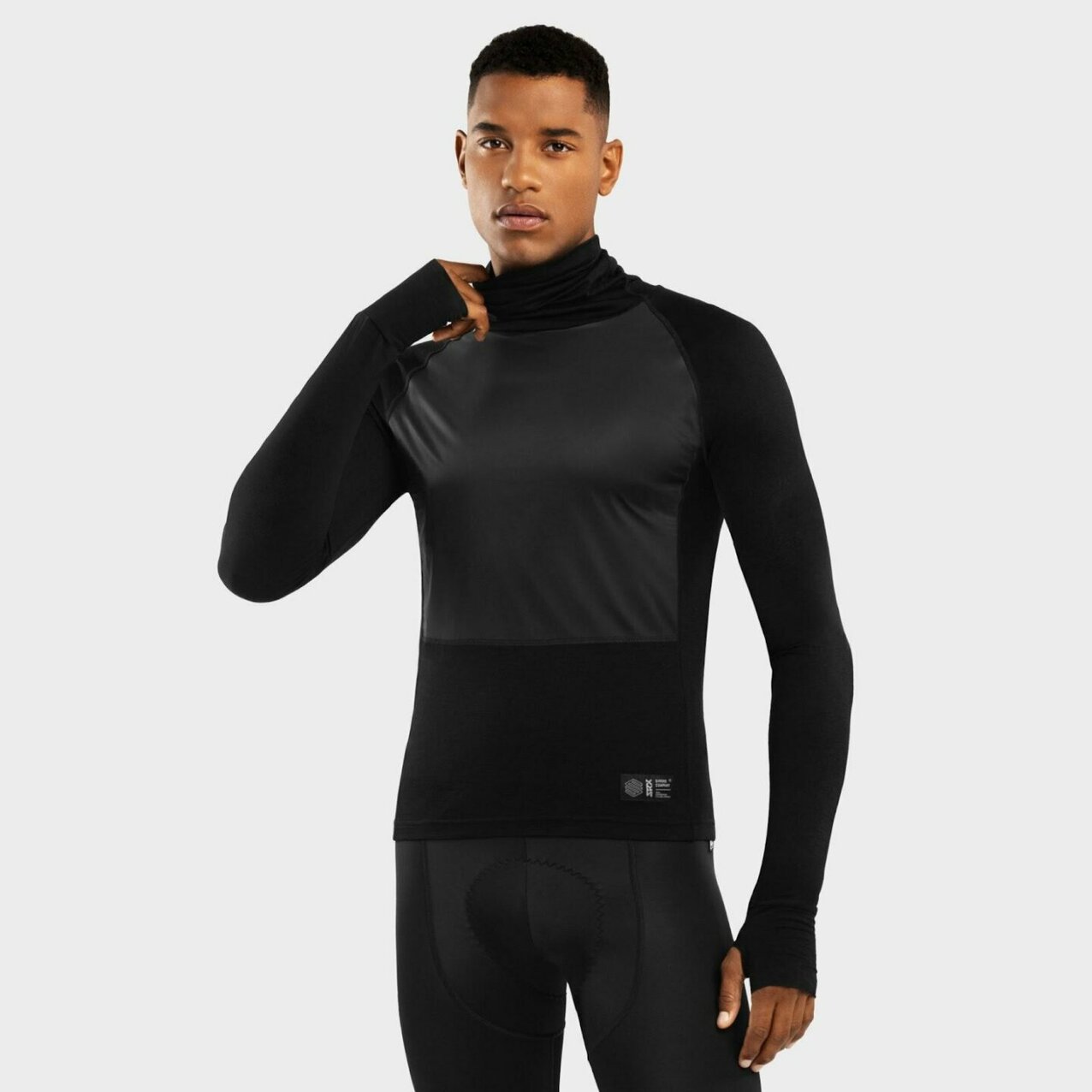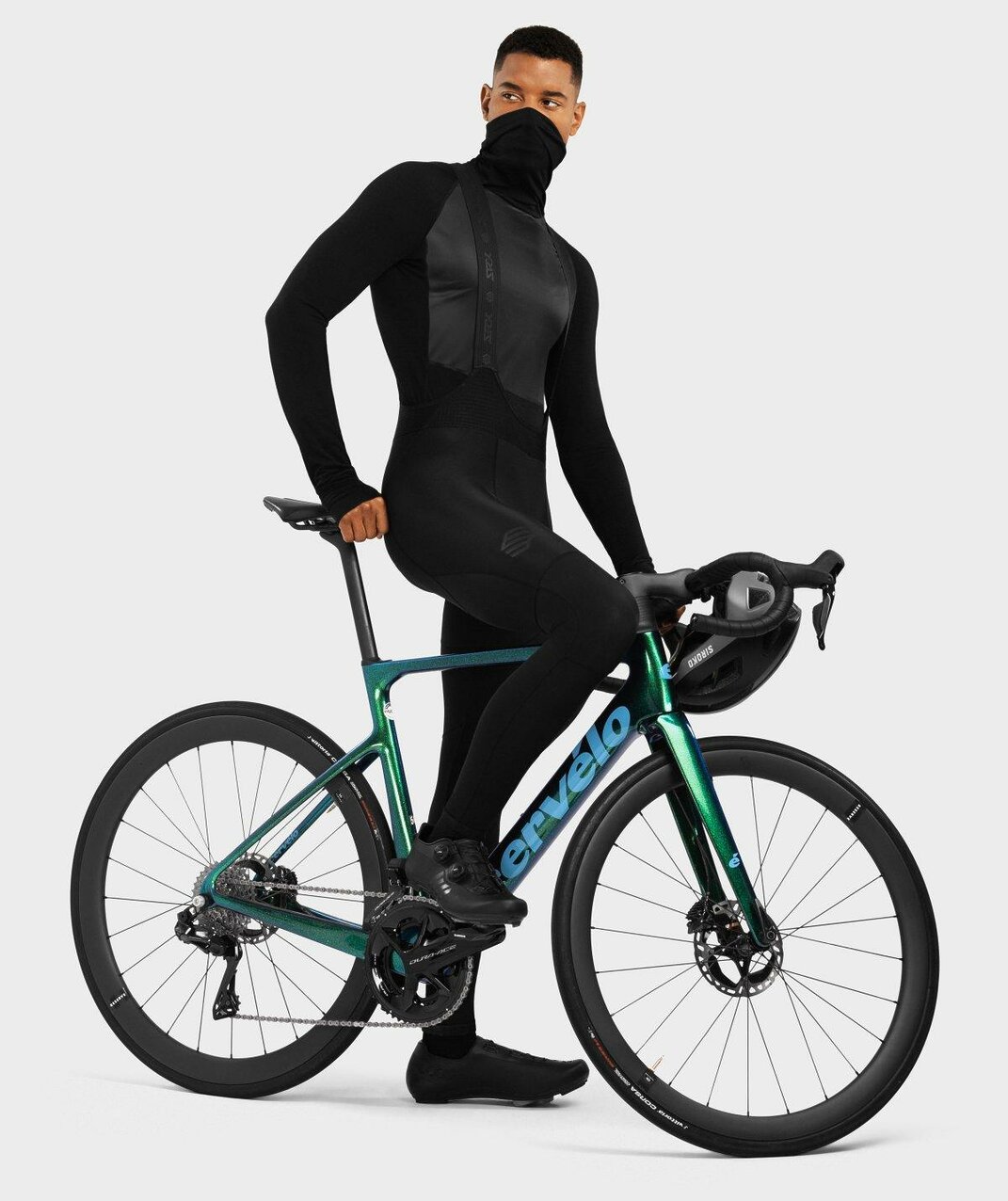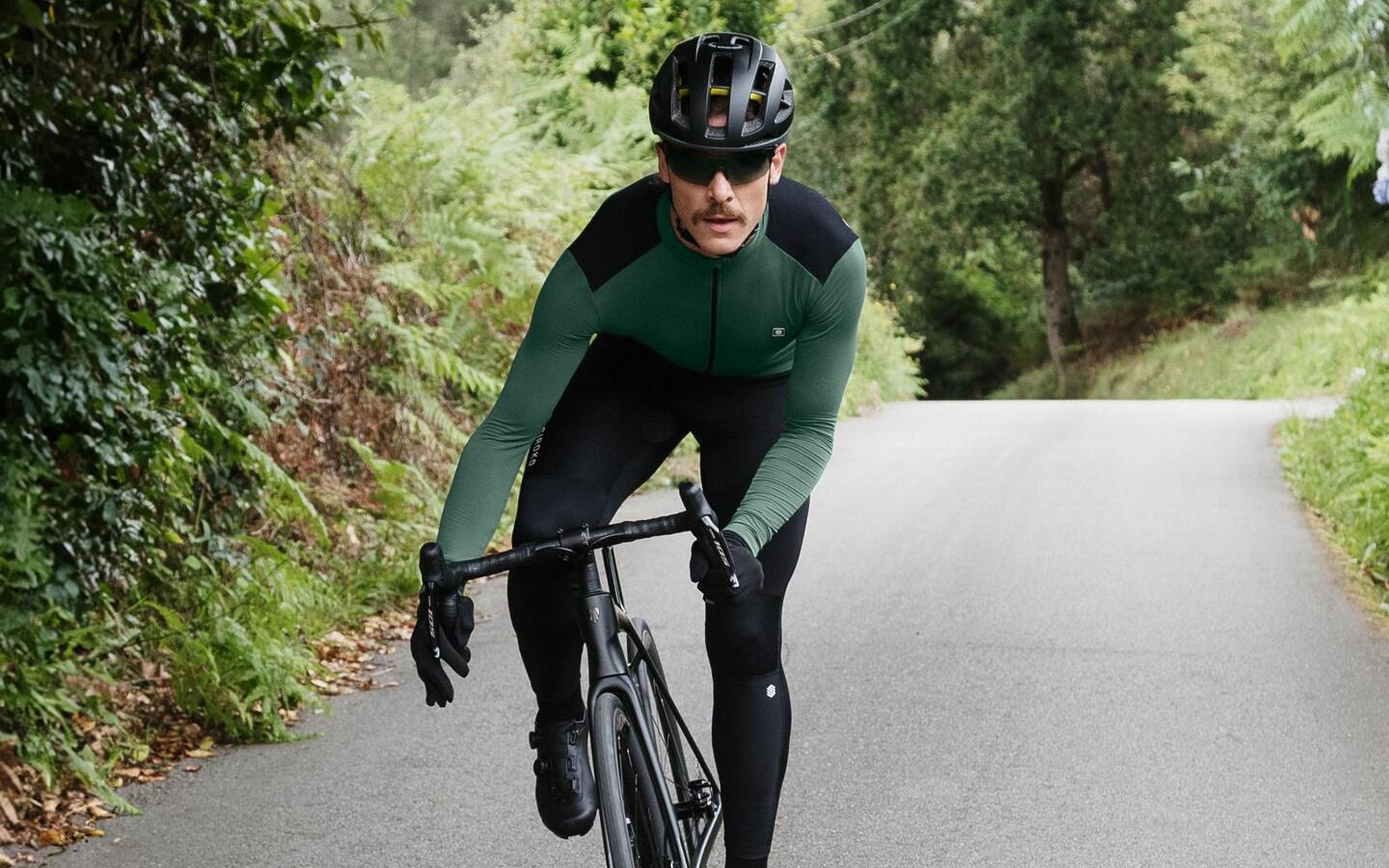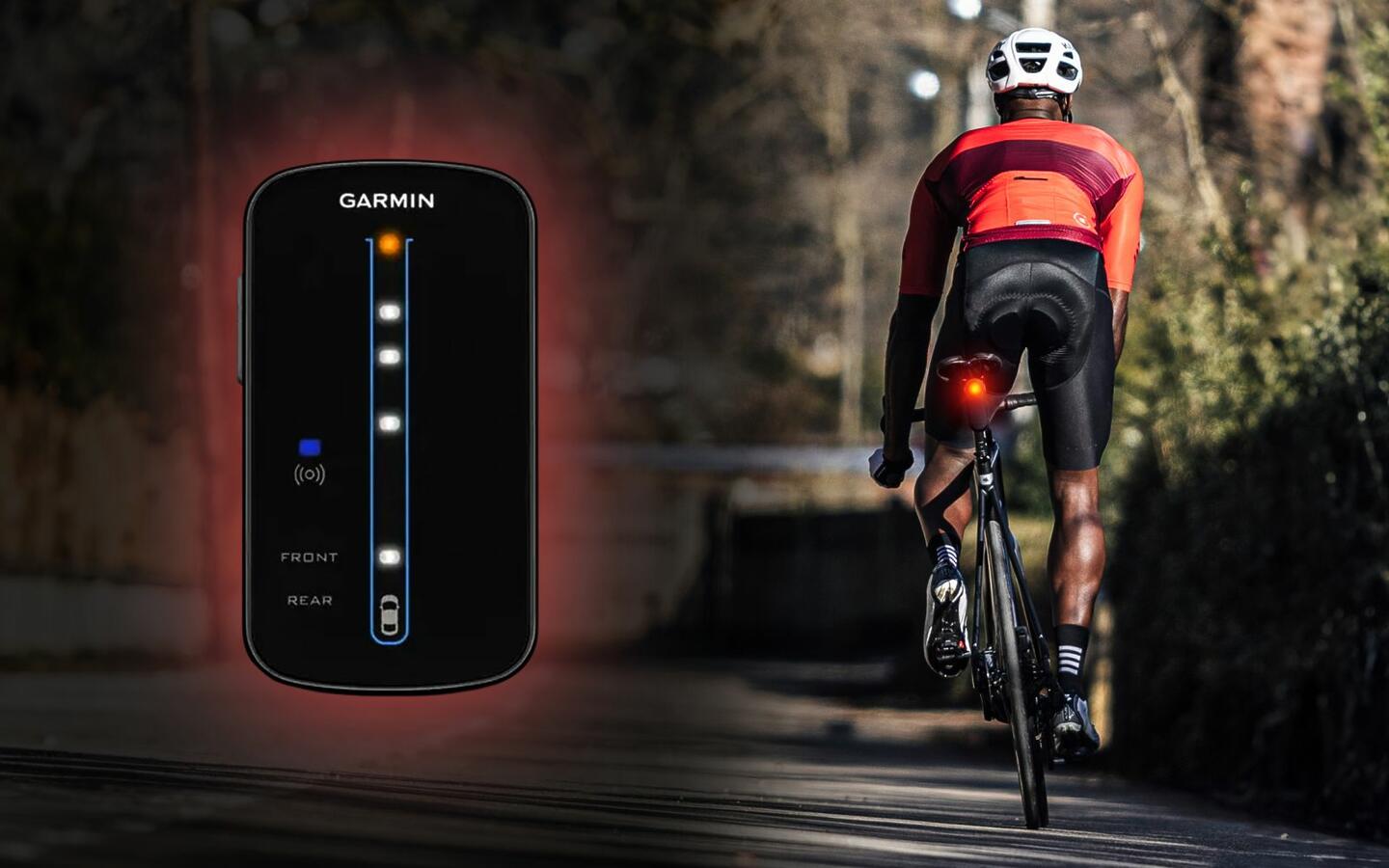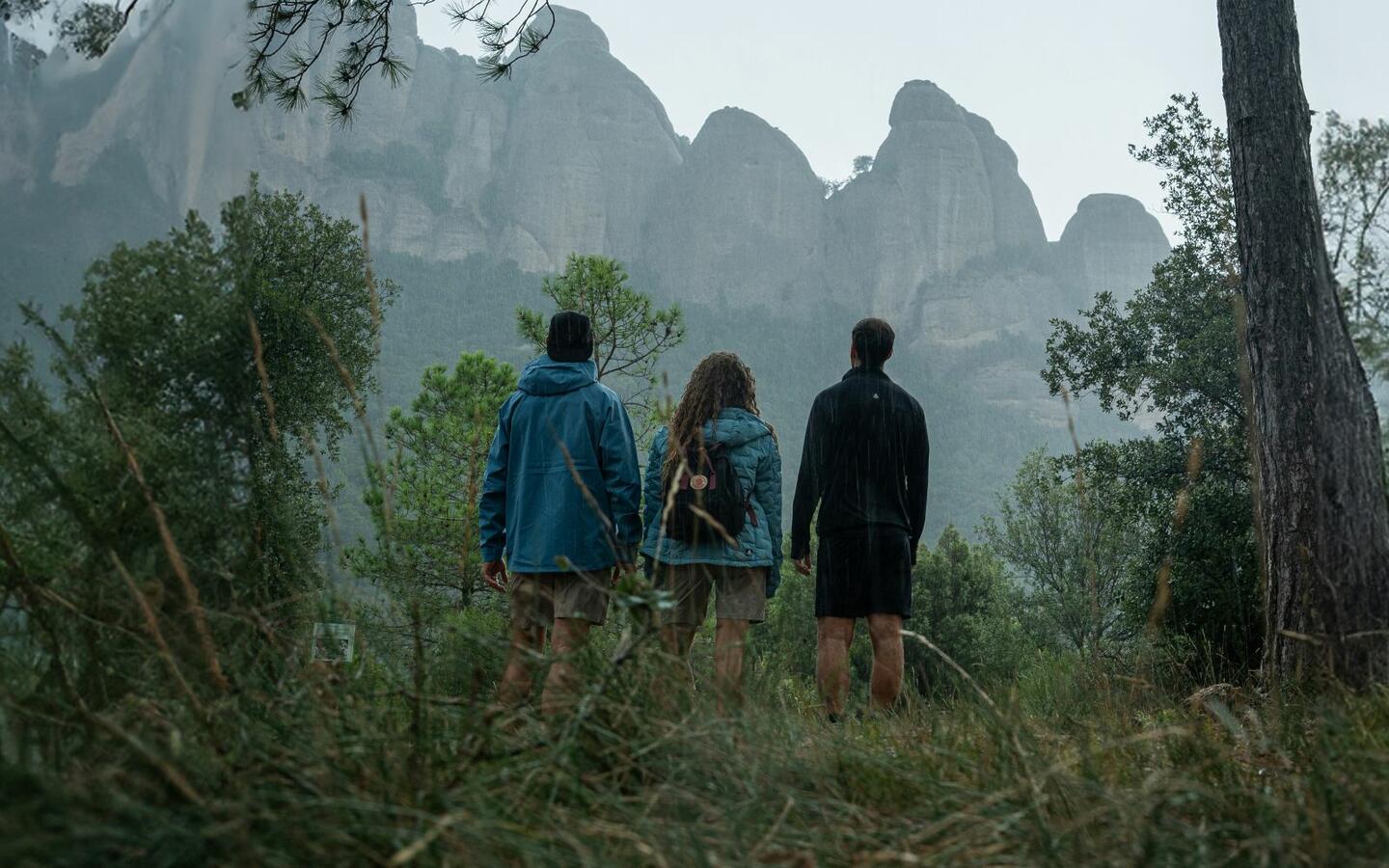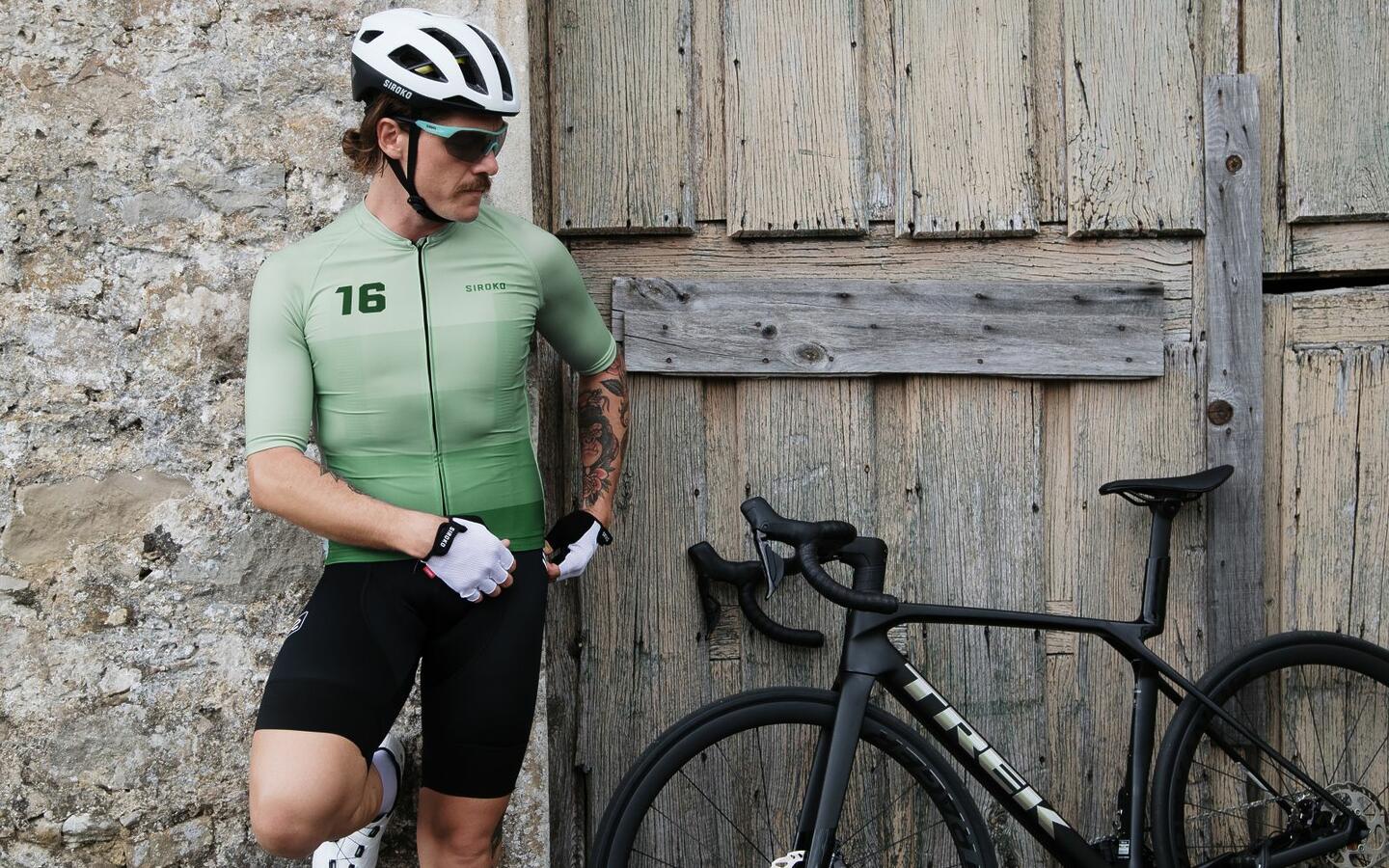Low temperatures and sharp winds are the two greatest challenges for cyclists during the winter season, but what if we told you there’s a base layer specifically designed to face the most adverse weather conditions? It does exist: the Siroko SRX Denali merino base layer.This is a piece of clothing conceived to confront intense cold weather, with details that really make a difference, and a windbreaker panel on the chest area that will change the way you experience cycling under low temperatures. These are the main characteristics of our warmest thermal base layer:
Windbreaker front panel
This is more than just a small detail, but rather a strong barrier that will enhance protection against the cold and the wind. This windbreaker panel is made of polyamide Ripstop fabric, which provides unmatched protection against freezing wind, preventing the cold from reaching one of the most vulnerable parts of the body.
Merino wool
This natural fiber, well-known for its superior capacity to retain heat, is the main fabric of this thermal base layer, providing you with the ideal amount of warmth even under really low temperatures. Moreover, its high breathability prevents humidity build-up, keeping your skin dry and making you feel cozy. There is also another essential feature of merino wool that is key for cyclists and all kinds of athletes: its antibacterial nature that prevents bad odors.
Full protection
The high turtleneck, extra-long torso and raglan sleeves with thumbhole cuffs are essential to provide total protection, preventing cold air from touching your body. As you can see, we’re not playing around when it comes to offering you all protection possible.
The collar is long enough for you to cover your mouth and nose, as well as keeping the cold wind away from your chin and neck. This is quite a practical feature if you don’t like to use neck warmers or if you feel like adding another layer underneath it.
The extra-long torso also guarantees protection around the lower back. You should already know that the wind doesn’t always attack head-on, so when it blows from behind and pushes us forward, our backs and buttocks can get really cold, which is why we must protect this area just as much. Plus, since we do not get into an aero position to fight against the wind, we tend to ride more upright, resulting in your rear end being more exposed to the cold than usual.
Feeling the wind seeping in through the cuffs of our sleeves can be truly unpleasant. That freezing sensation at the wrists will reach you no matter how well protected the rest of your body is, which is why this thermal base layer features longer sleeves with thumb holes to keep them in place while protecting your wrists and part of your hand.
When and how to wear a thermal windbreaker base layer
The SRX Denali base layer has been conceived for sharp cold temperatures and windy winter days, but at Siroko we are aware that winters are not the same everywhere. In most places, cold, freezing wind comes way before the winter officially starts. In some other places, temperatures rarely drop below 10 ºC. Those who practice cycling in these mild weather conditions won’t find this base layer as useful as someone riding a bike in a city like Warsaw where temperatures never go over 10 ºC in winter months. Still, in areas with mild winter temperatures, this garment can be worn under a long sleeve summer cycling jersey. This way, thanks to the base layer’s front panel and high turtleneck, you won’t need a cycling vest or a neck warmer.
On colder and windier days, you can wear this base layer under a long sleeve thermal cycling jersey such as our M4 line. If the temperatures reach or drop below 0 ºC, and the wind makes your body feel colder, choose the J1 and J3 winter jackets, as well as the bib tights and all accessories to protect you and keep you warm (gloves, skull cap, winter socks and overshoes).
These are just general recommendations but, as we always say, not all cyclists have the same tolerance to cold while cycling, and neither do they go out for a ride at the same time every day. If you get cold while other cyclists are taking off layers and unzipping their jackets, or if you go for rides while it’s still very cold outside, you might need more layers and accessories to get extra protection. Don’t look at what other cyclists are wearing or what you are supposed to be using, just listen to your body.
Nature is diverse, just like us, and what works for you might not work for someone else. It all comes down to finding the right clothes for bad weather, which is why we have created the SRX Denali base layer so that your passion for cycling keeps going even in the hashest of winds and the coldest of winters.
